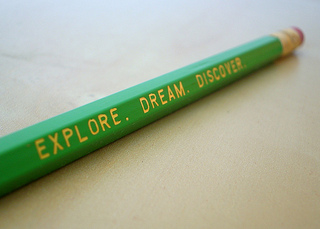When companies are innovating for sustainability there are different strategies that can be pursued. In general these strategies aim to create positive benefits and/or to reduce negative impacts for society and nature. However all economic business models are still based on the stimulation of consumption. In a sufficiency-based approach however an alternative approach is taken to doing business as it is seeking to reduce or moderate consumption in addition to other sustainability strategies.
In a recent published article Brocken & Short (2015) give six examples of companies that are taking the sufficiency-based approach as a business model.
Vitsœ – furniture manufacturer: extending product life and encouraging reuse.
Brunello Cucinelli – clothing manufacturer: timeless quality clothing.
Patagonia – outdoor sports gear manufacturer: encouraging reuse and repair of clothing.
Kyocera – document management system manufacturer: managing demand for printing and copying.
Riversimple – automotive manufacturer and car lease service: reducing impacts of automotive solutions.
Reduse – equipment (‘unprinter’) manufacturer: unprinting.
There are of course many barriers to adopt suffiency-based business models, however the above mentioned companies can inspire innovators or disruptors to create new business playing fields.
Literature
Bocken, N. M. P., & Short, S. W. (2015). Towards a sufficiency-driven business model: Experiences and opportunities. Environmental Innovation and Societal Transitions.
Photo credit: eppujensen / Foter / CC BY-NC-SA

